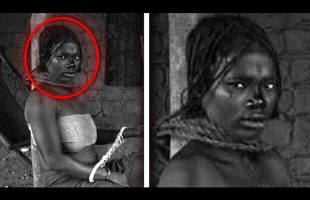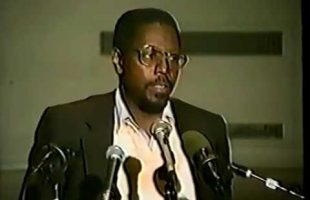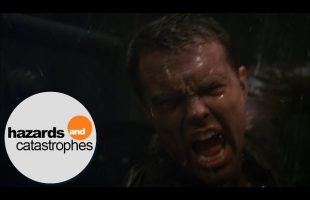What were the Crusades? Why did they start? Why did they end?
In this talk to his Chinese high school students, Jiang Xueqin explores the history of Europe’s late middle ages. He shows that while the Roman Catholic Church was dominant, there were still challenges to its authority. Muslims controlled the Holy Land, Muslim Iberia was more wealthy and innovative, and the Orthodox Church claimed sovereignty. As well, Catholic clerics were considered corrupt, which led to widespread dissent.
In 1095, Pople Urban II hoped to channel his flock’s religious energy, and direct it to warfare against Muslims and heretics in order to cement the authority of the Church. Crusaders captured Jerusalem, conquered the Iberian peninsula, and crushed the Cathars.
The Crusades ended when a series of crises engulfed Europe in the fourteenth century. Biblical rains, famine, war, and the Black Death halved Europe’s population.
In his conclusion, Jiang explains that Europe’s Crusading fever never died out. In the Age of Exploration, Europe’s new Crusaders would cross the Atlantic.



